
Ezra Klein Doesn't Understand How Immigration WorksSep 3
ezra klein, radley balko, and the new york times claim ice is "eviscerating" due process, but a close look at immigration law reveals they're wrong
Sep 4, 2025

At the time, I didn’t want to talk about Kyle Rittenhouse myself: not only was it impossible to push back against the media narrative surrounding him (a cold blooded murderer, and zero nuance allowed, let alone disagreement), the entire technology industry actively censored such pushback. Now, most of us have largely memory-holed the entire subject, including most of the people responsible for the information disaster. But we can’t let that happen. It’s long past time to revisit the story, to reflect on what truly happened — not only that night in Kenosha, but to our information ecosystem — and hopefully, to learn.
Independent journalist and video creator Matt Orfalea walks us through the smear campaign and its fallout.
An earlier version of this piece ran on Matt’s Substack, The Orf Report.
-Solana
On August 25, 2020, after two nights of riots in Kenosha, Wisconsin, following the police shooting of Jacob Blake, 17-year-old Kyle Rittenhouse volunteered to help clean up the destruction and protect local businesses.
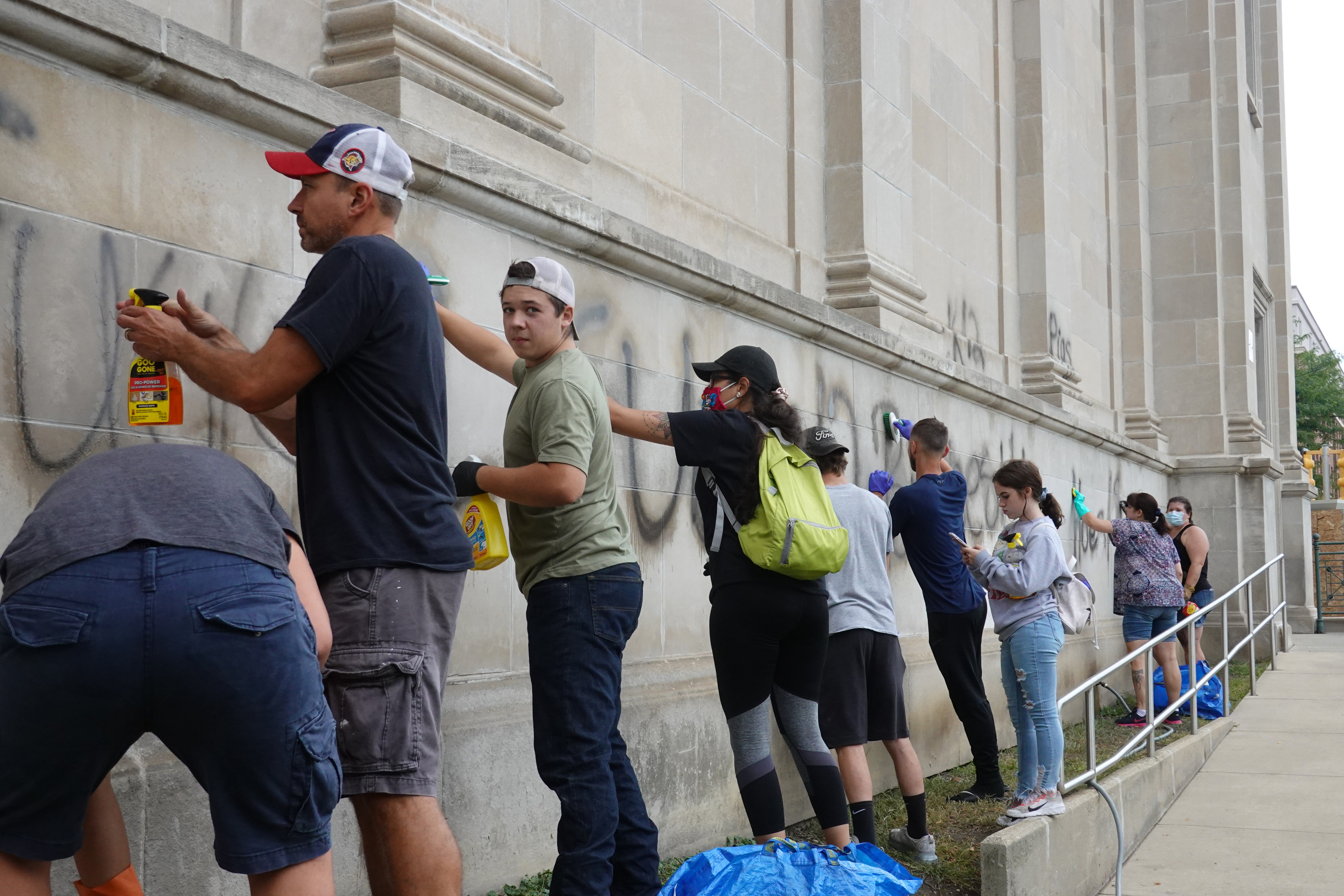
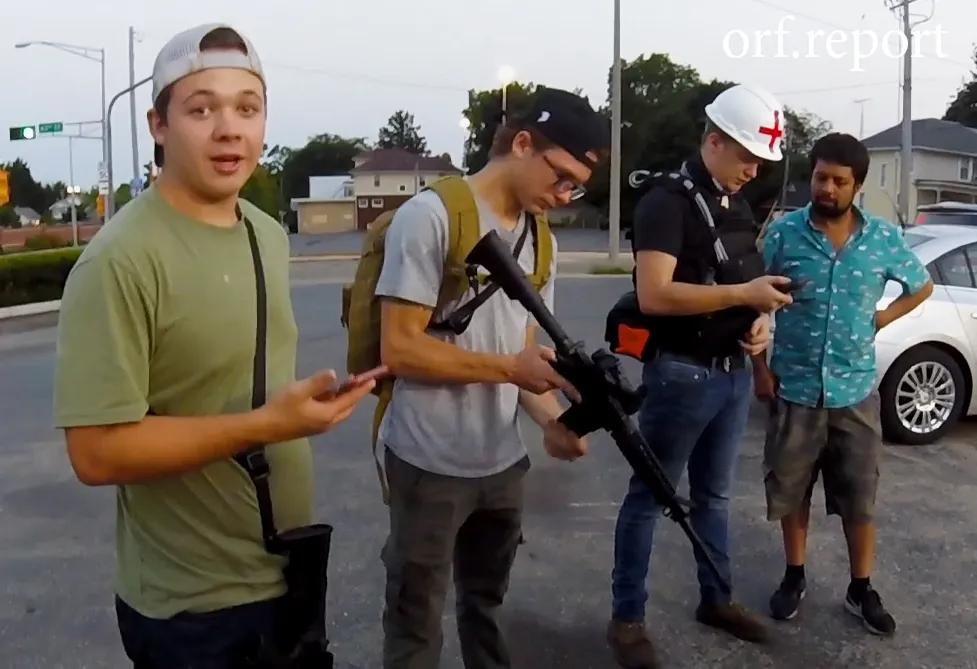
After spending the morning cleaning graffiti off a high school near the Kenosha County Courthouse, Rittenhouse and his friend Dominick Black were asked to protect Car Source,¹ an immigrant-owned used car dealership in downtown Kenosha that evening. They went to Black’s stepfather’s house and returned to Car Source with rifles.
The dealership had suffered significant arson damage the previous nights. Rittenhouse also brought a medical kit to provide first aid, drawing on his training as a certified lifeguard.
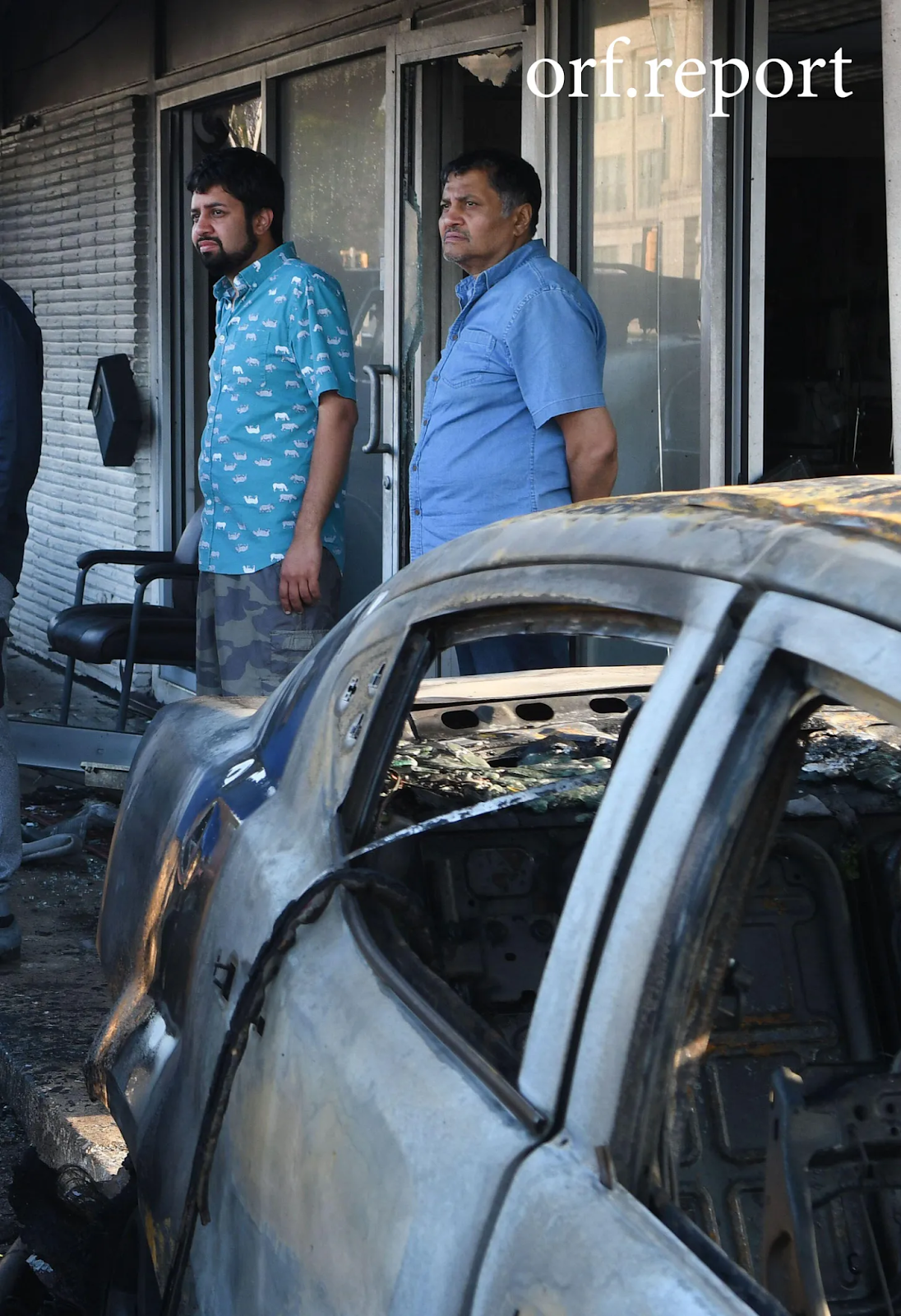
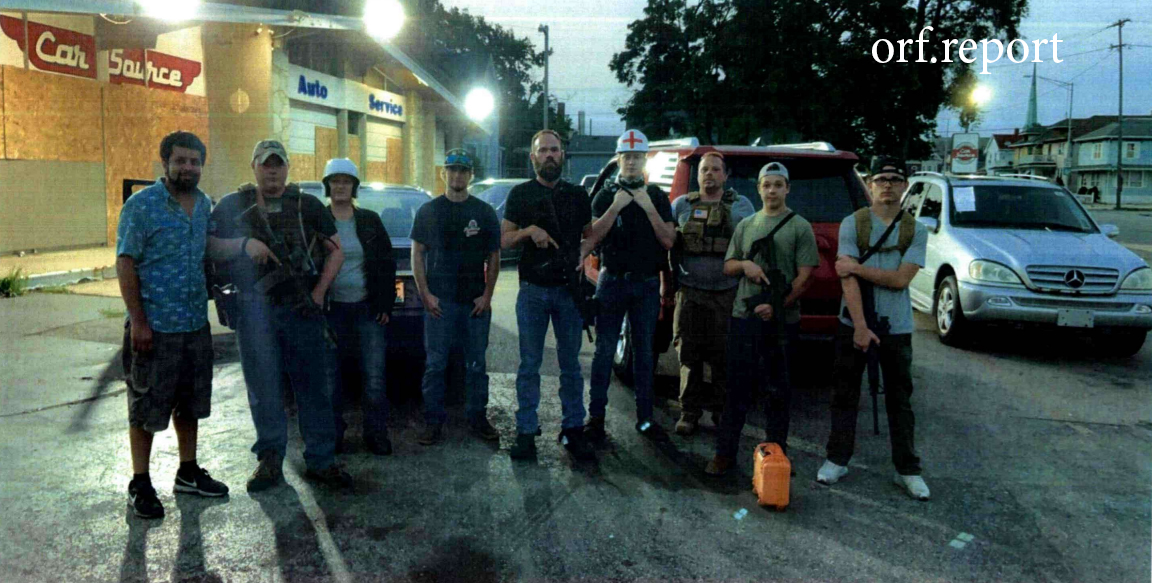
What happens next is chaotic. Videos published that night clearly show Rittenhouse being attacked. As Rittenhouse runs from Joseph Rosenbaum, a 36-year-old man who’d been released from a hospital earlier that day, Joshua Ziminski fires a gunshot into the air behind them. Rosenbaum chases after and then lunges at Rittenhouse, who shoots him four times in self-defense. After this first shooting, Rittenhouse attempts to flee toward police lines but he’s pursued by multiple people. During the pursuit, Rittenhouse is struck in the head, kicked by an unidentified assailant, and twice hit with a skateboard by Anthony Huber. Rittenhouse then fires again, killing Huber and wounding Gaige Grosskreutz, 27, who was approaching with a handgun. The scene was horrific.
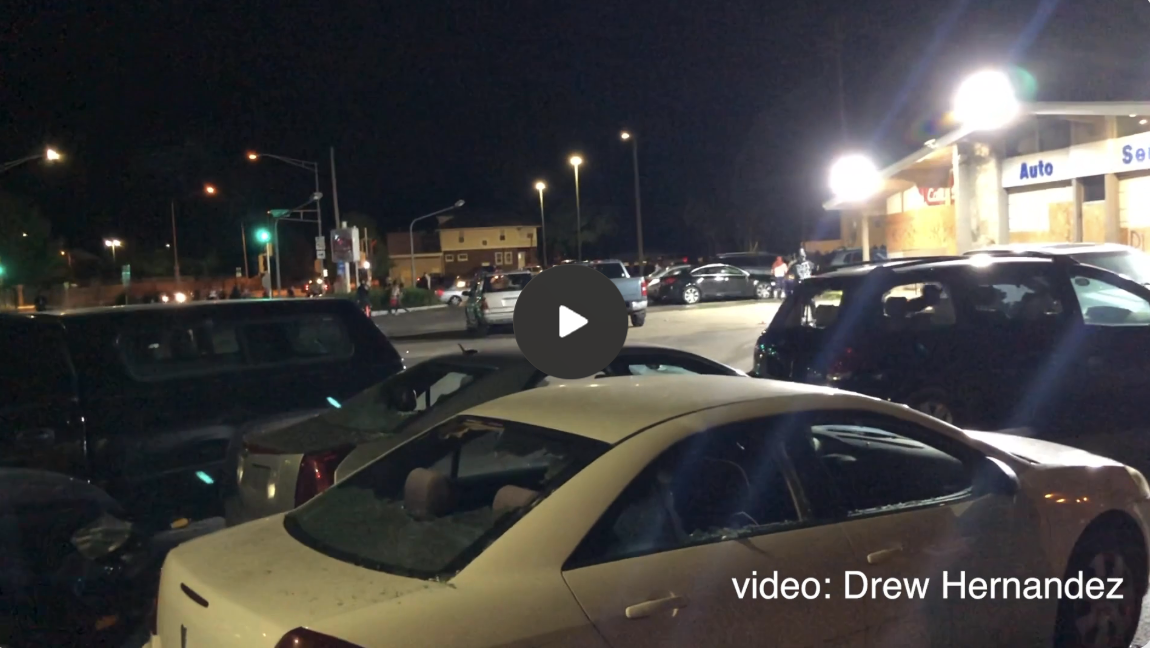

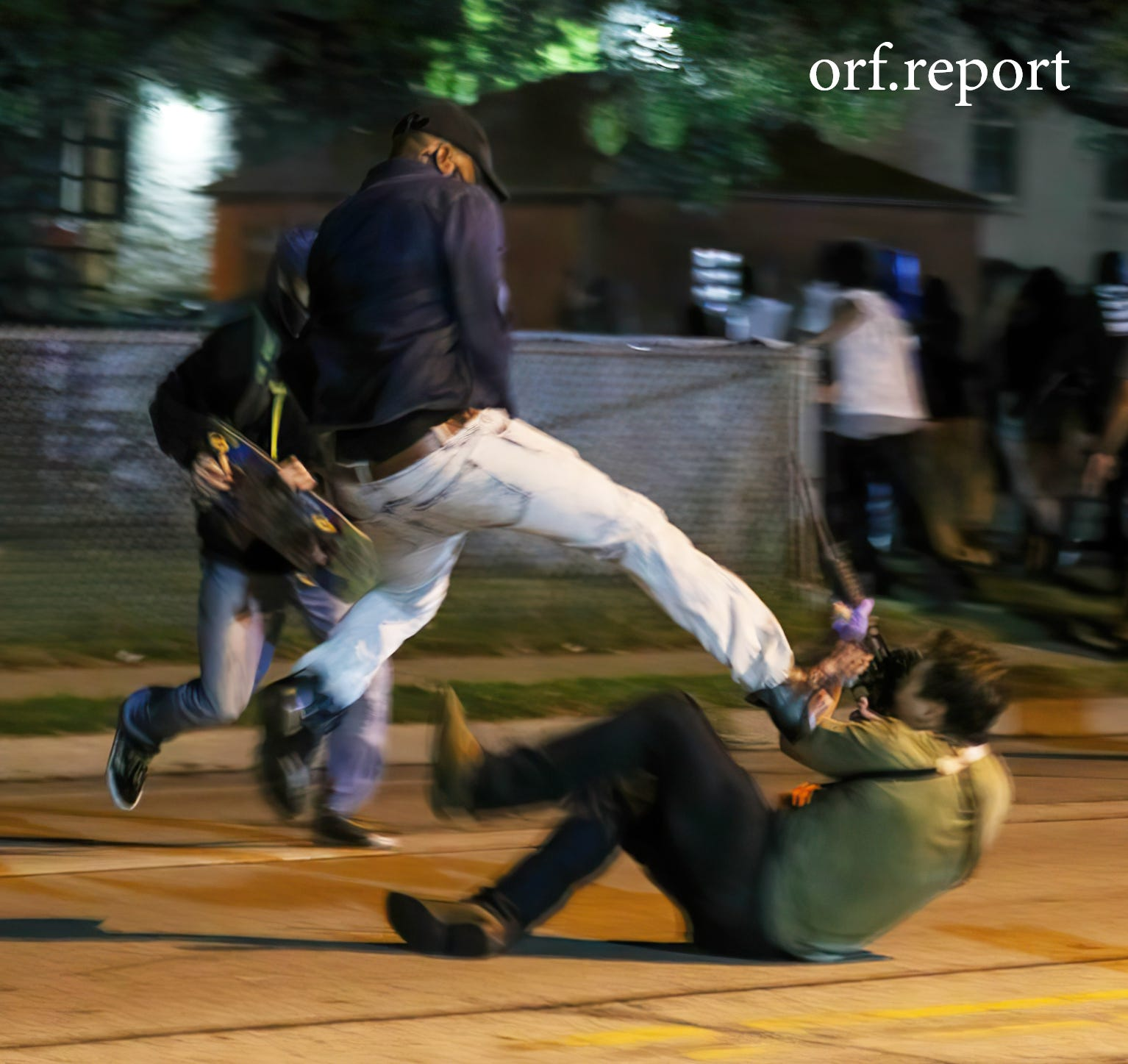
Even more horrific was the smear campaign that followed.
Media coverage systematically misrepresented these events. NBC News with Alison Morris cut out not only the jump-kick but the entire chase. Morris characterized Rittenhouse, who, again, was then a 17-year-old-boy who’d fallen after being struck in the head, as “a man sitting in the middle of the street waving a gun at people running by.” MSNBC’s The Beat with Ari Melber likewise edited out crucial moments of the attack footage. Melber’s audience never saw Rittenhouse kicked in the face and hit with the skateboard before shots rang out.
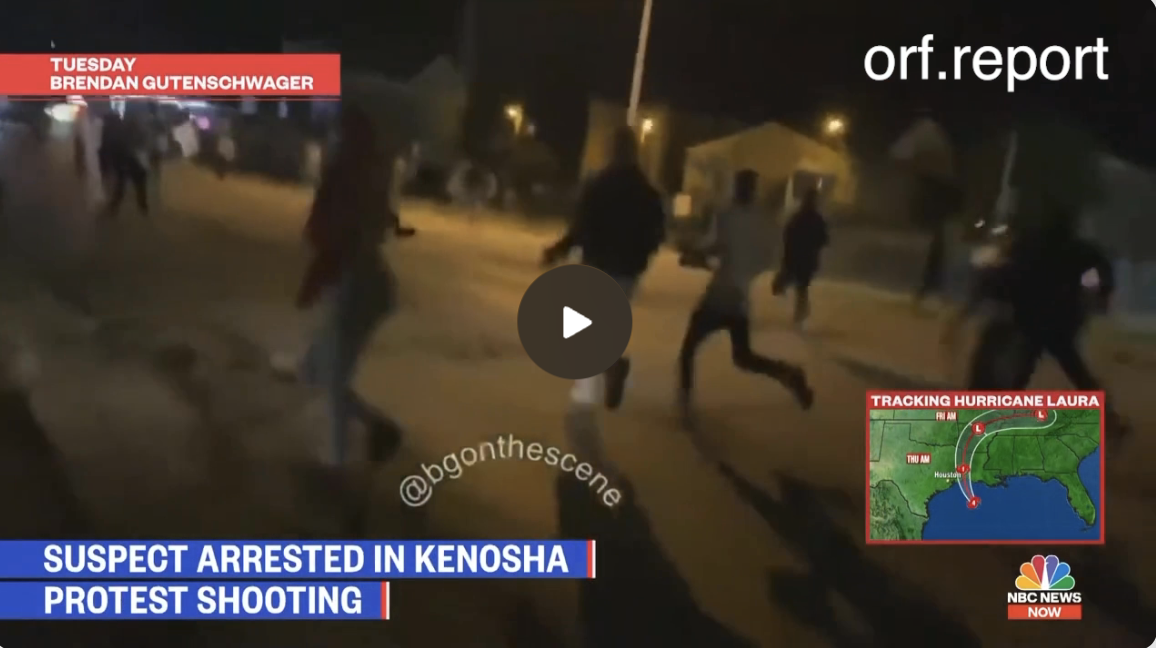

In an MSNBC Morning Joe segment, which didn’t show the attack footage, the host described it to viewers as Rittenhouse “just running around shooting and killing protesters.” Meanwhile, over at CNN, Anderson Cooper described Rittenhouse as “the white teenager under arrest in connection with a shooting attack on protestors in Kenosha overnight.” Democracy Now’s Amy Goodman claimed Rittenhouse was “shooting into a crowd,” while emphasizing that he was a “white man.”
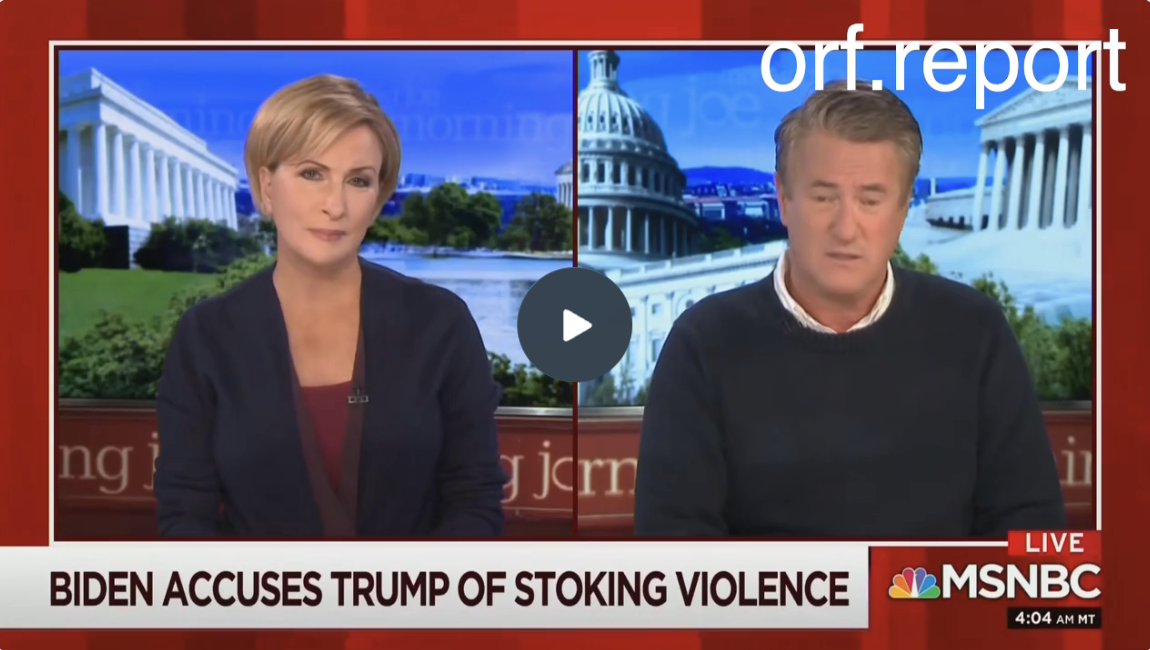
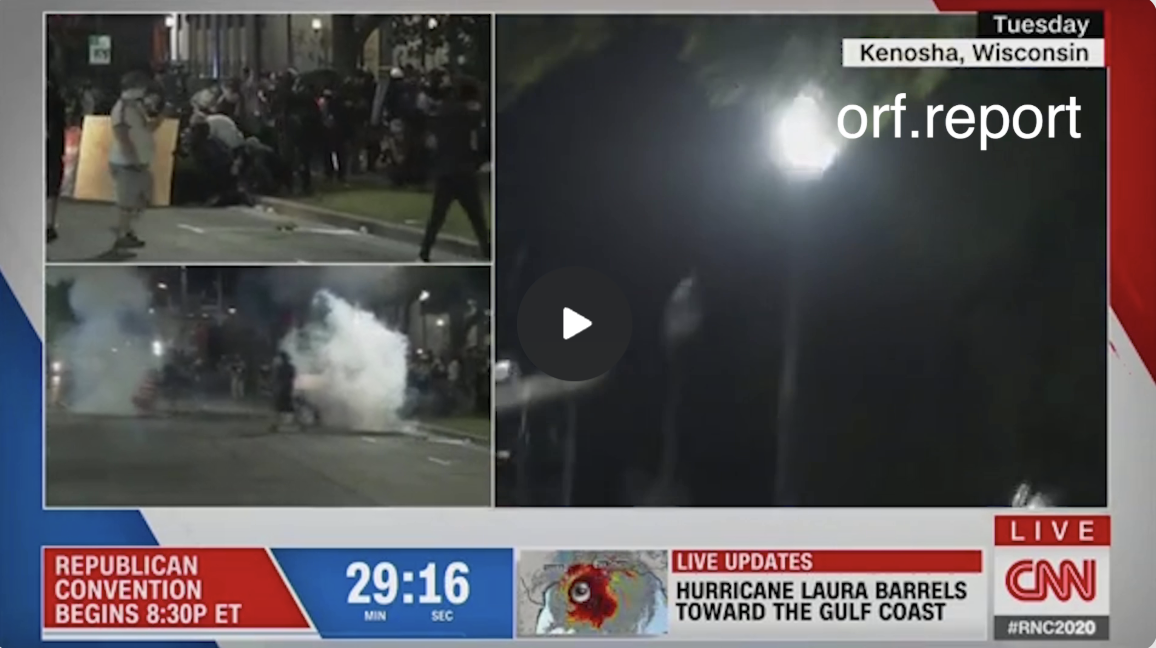
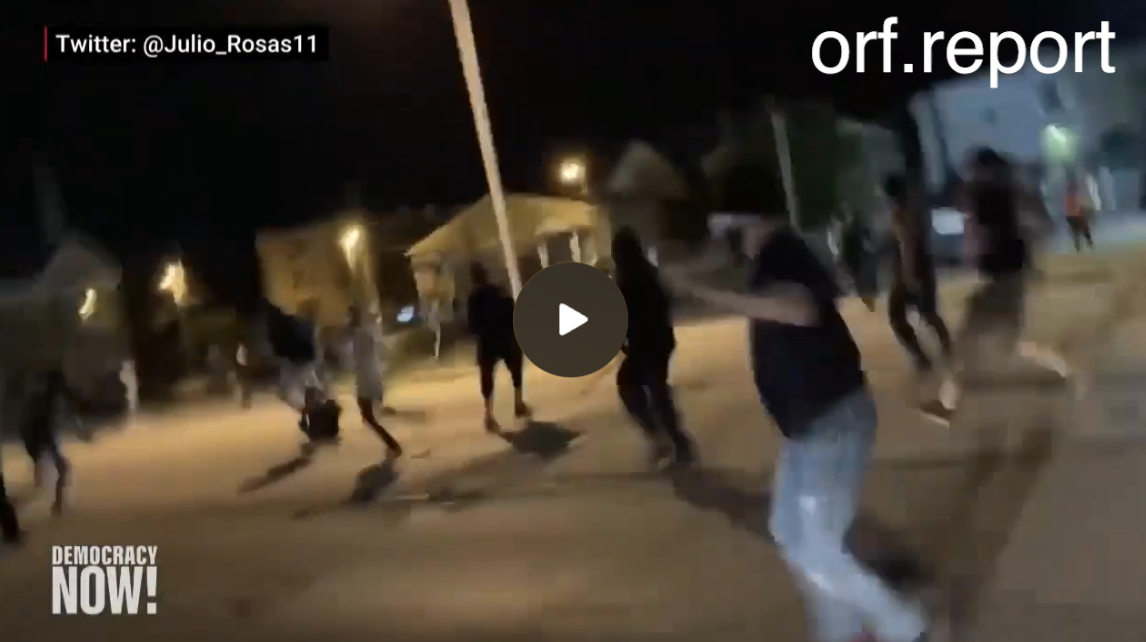
Even some Fox News pundits rushed to judgment. Chris Wallace said there was “no justification” for Rittenhouse’s actions (that is, his self-defense after being attacked), and Marie Harf repeatedly described him as guilty of “murder,” just two days after the shooting, more than a year before trial.
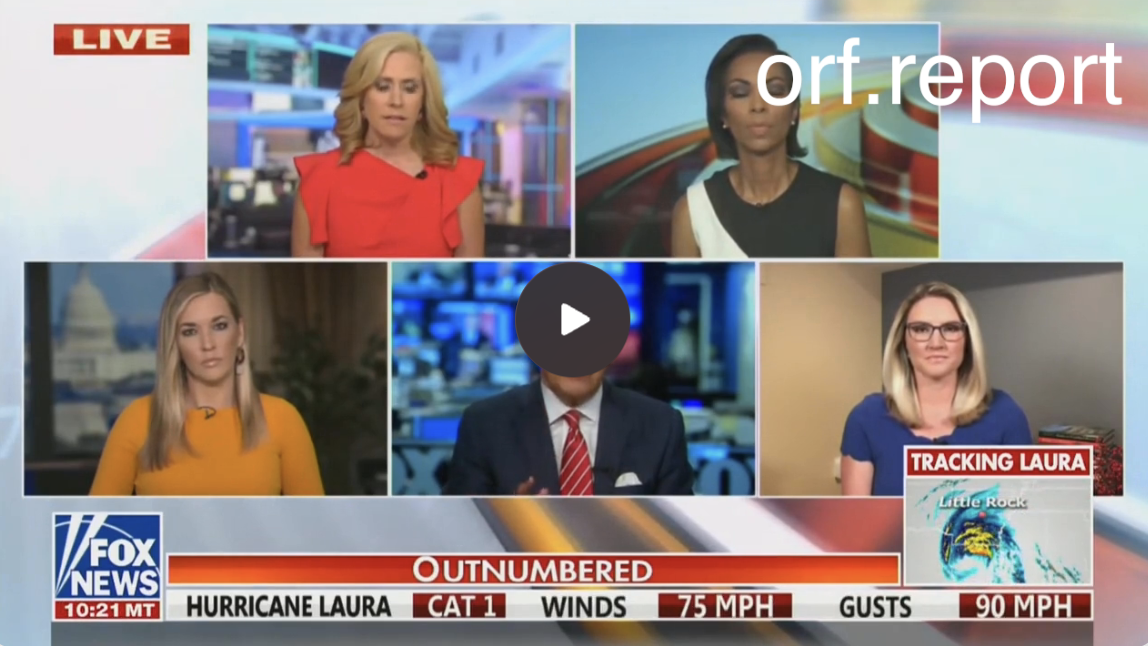
The next day, Facebook designated Rittenhouse a “mass murderer,” influencing his perception among its active userbase of 2.9b people. Mark Zuckerberg told CBS, “We spent a long time looking into this deeply, and we’ve designated him as a mass murderer.”

Facebook deleted Rittenhouse’s accounts and censored all search results for “Kyle Rittenhouse.” This continued well after the shooting, too. Other Big Tech giants — Google, Instagram, TikTok, and Twitter, the most visited sites in the world — also censored public discourse. Instagram removed comments sympathizing with Rittenhouse when he cried on the stand as he recounted having his life threatened by a large man with a gun, being ambushed, running away, and eventually being forced to defend himself.
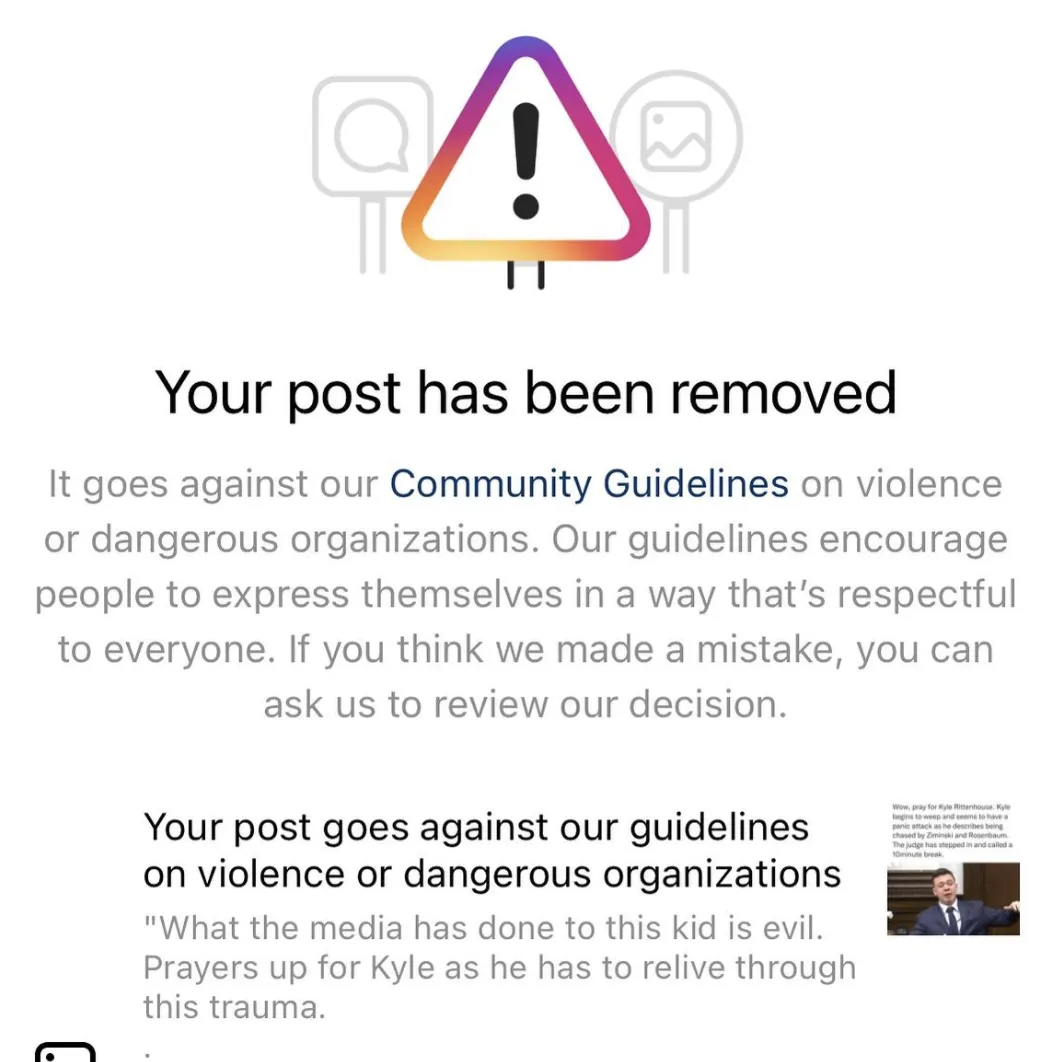
Twitter censored the words “Kyle Rittenhouse did nothing wrong,” labeling the support for the 17-year-old who was attacked as “glorifying violence.” Users were forced to delete these tweets if they wanted to keep using Twitter.
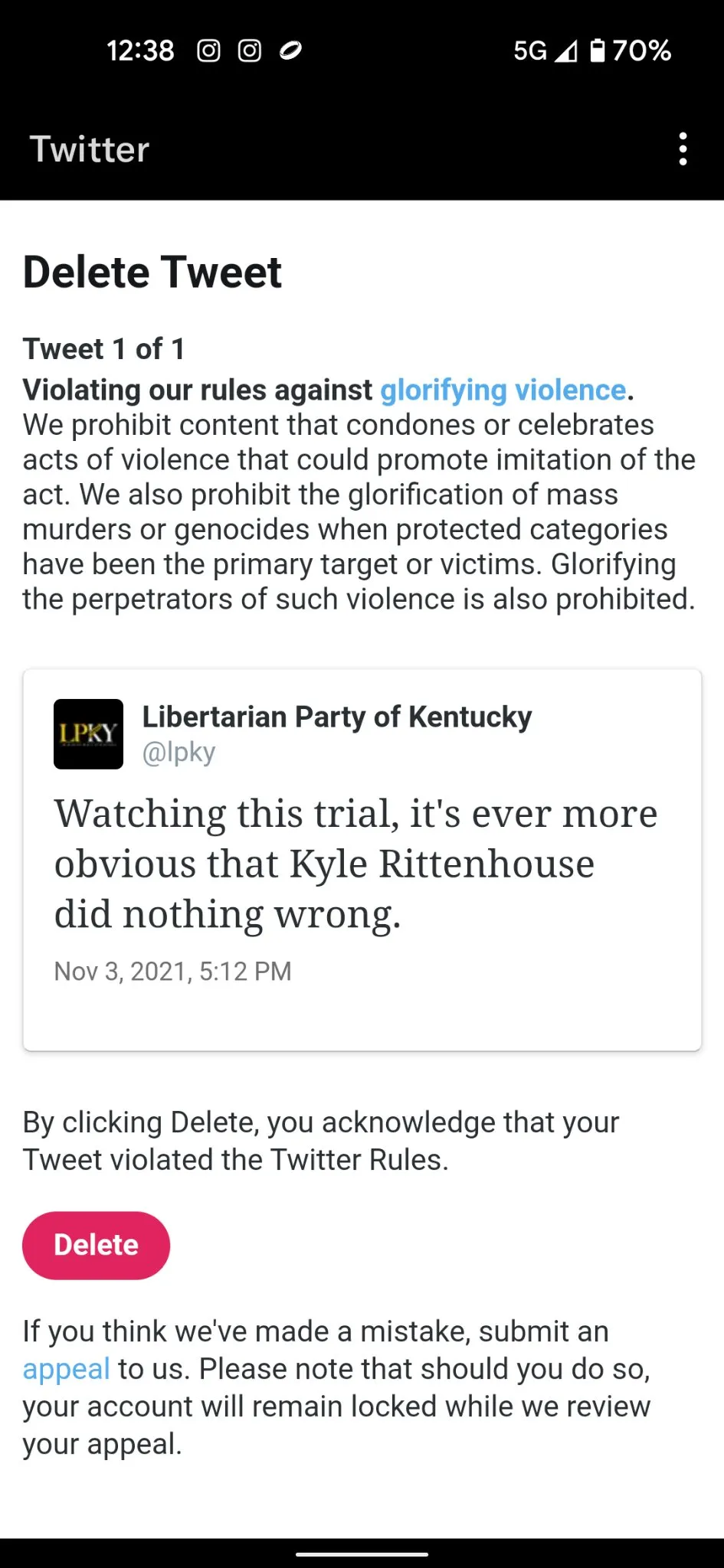
TikTok removed even the most cordial discourse, like this clip from Brad Polumbo, accusing it of “harassment and bullying.”
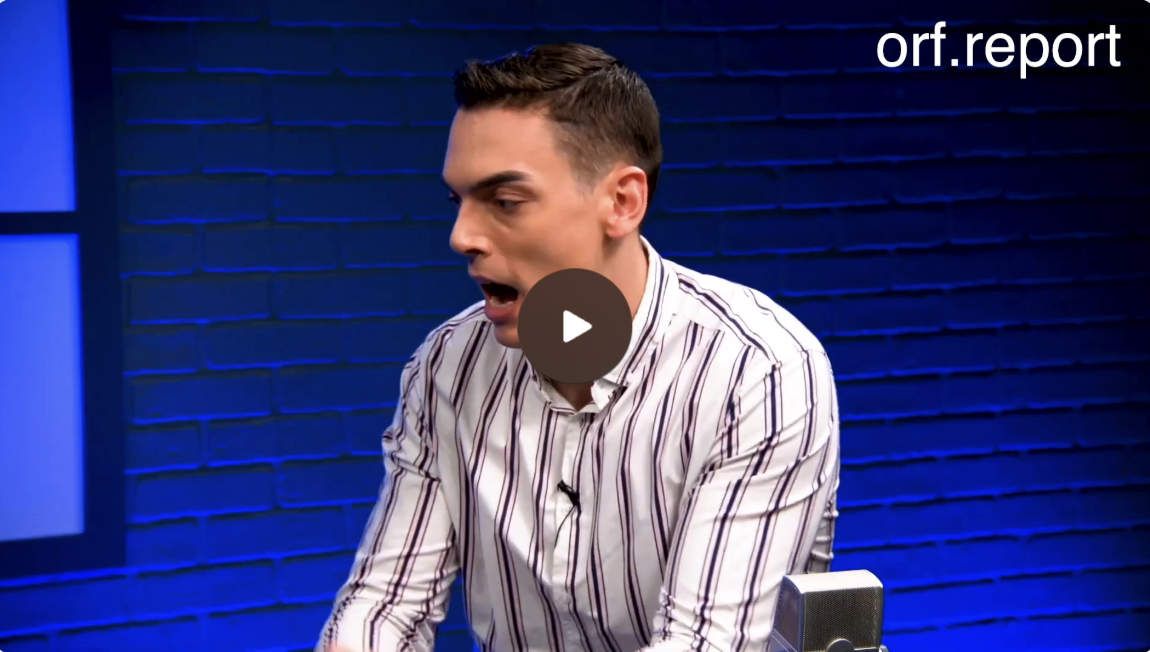
Meanwhile, it was not considered bullying for the nation’s most powerful politicians to call for Rittenhouse’s extrajudicial imprisonment or to falsely accuse him of being a “white supremacist” and “terrorist.”
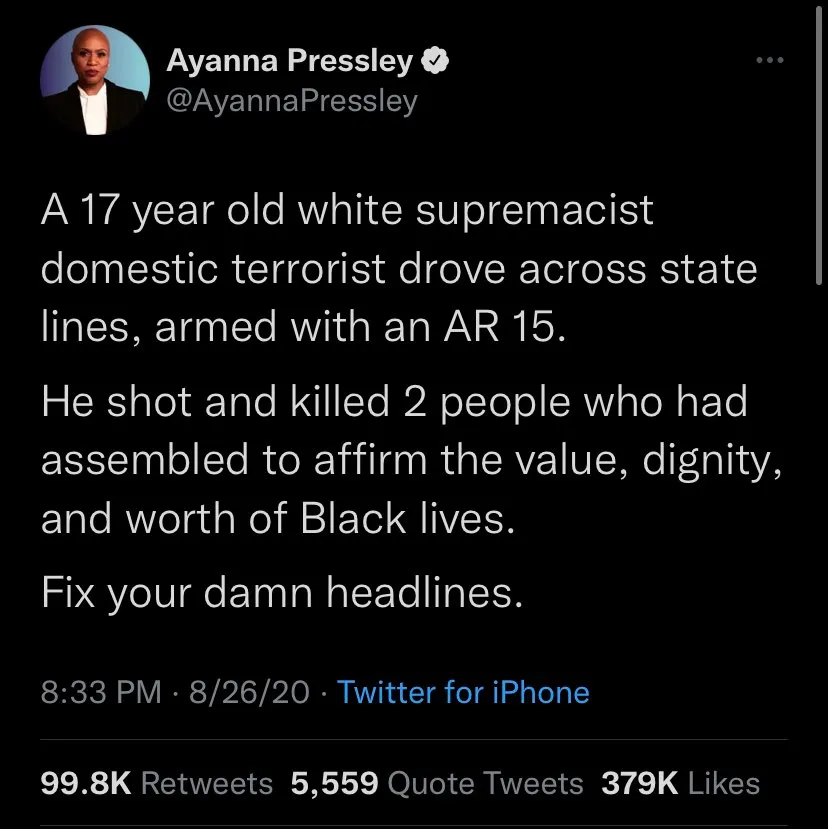
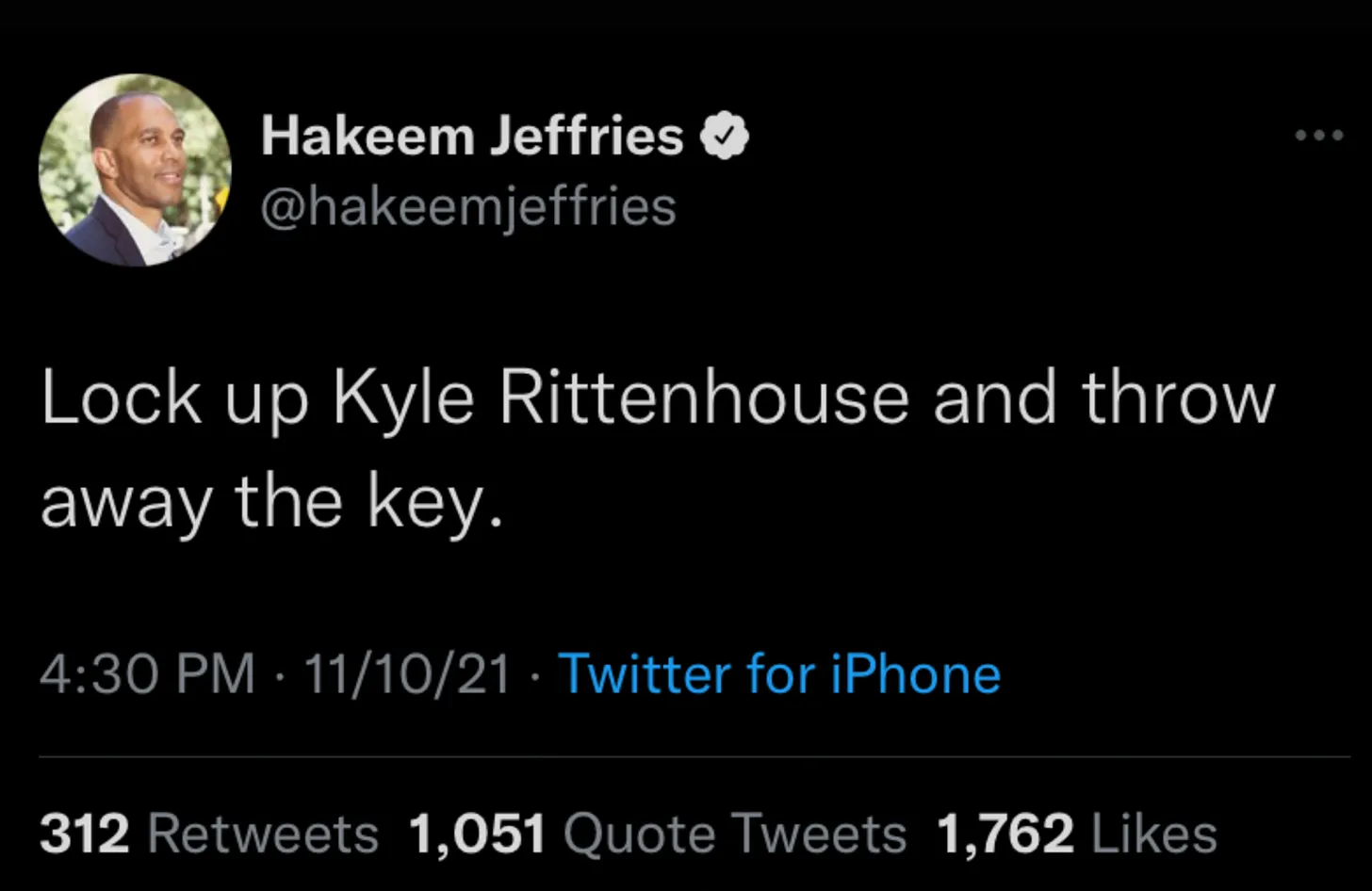
As the public discourse in Rittenhouse’s favor was censored, the media continued to call him a murderer, ignoring key facts, and instead focusing on the utterly insignificant detail that Rittenhouse “crossed state lines” one mile from his home — as if that in itself were a crime.
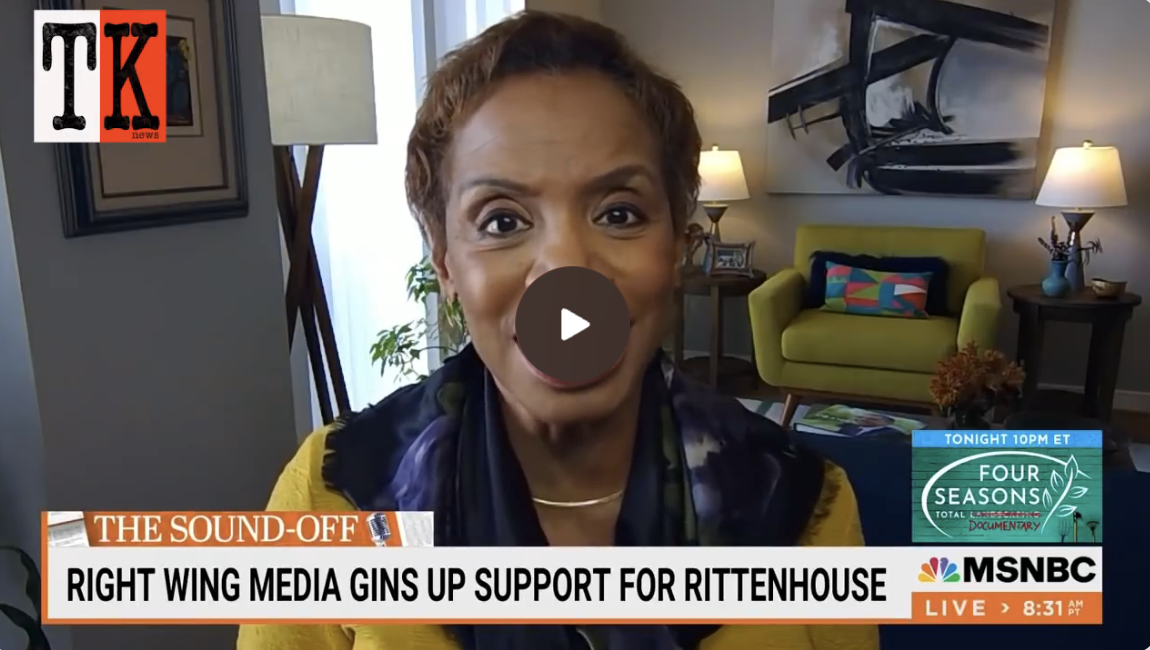
When Senate candidate Josh Mandel shared a meme mocking the incessantly repeated “crossed state lines” talking point, Facebook censored his post and threatened to delete his account. Facebook also censored video creator Mark Dice for sharing a non-graphic video of Rittenhouse bandaging an injured protester’s foot.

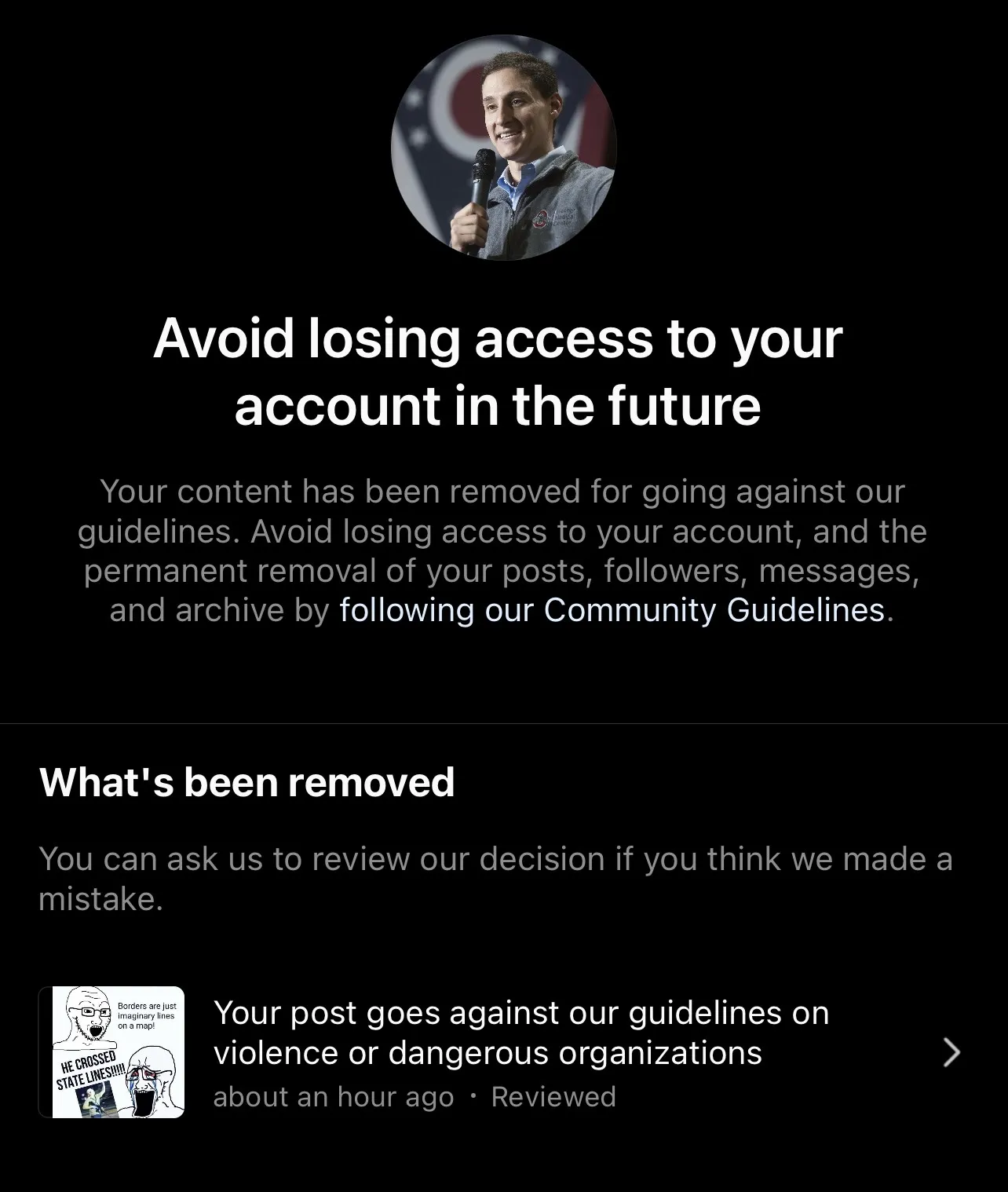
GoFundMe shut down Rittenhouse’s family campaign to raise money for his bail and legal defense. Both Facebook and Twitter censored users who shared other links to donate, including Rittenhouse’s lawyer and mother. When his mom shared a link to donate, Twitter disabled the retweet button. Discover, one of the world’s largest payment companies, blocked donations to Rittenhouse’s GiveSendGo fundraiser.
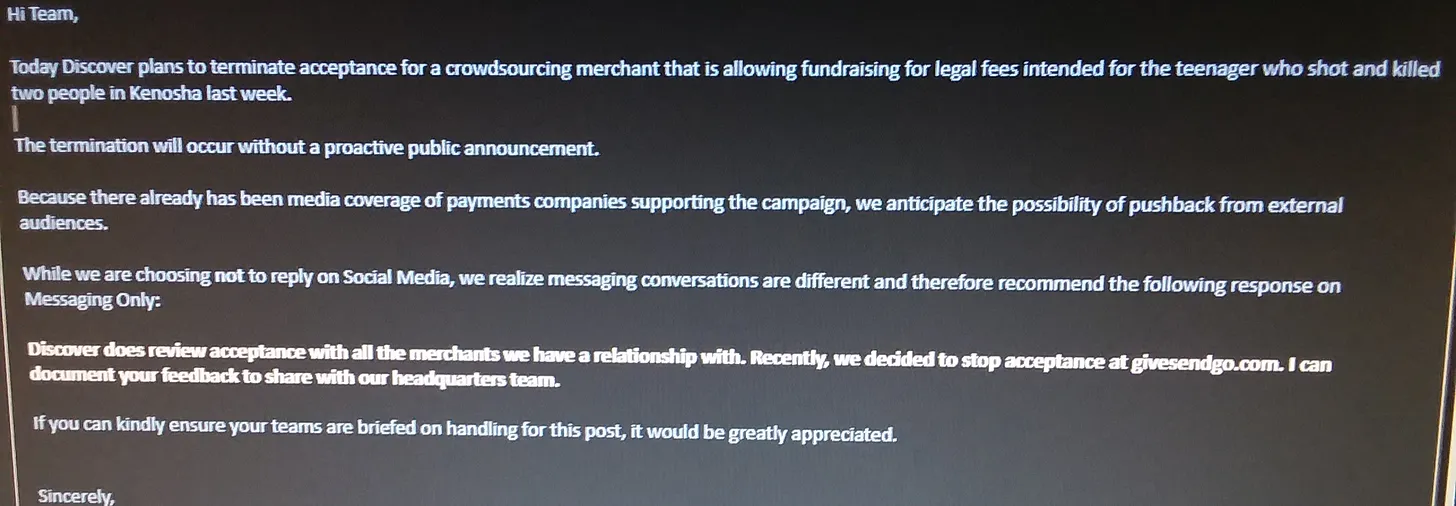
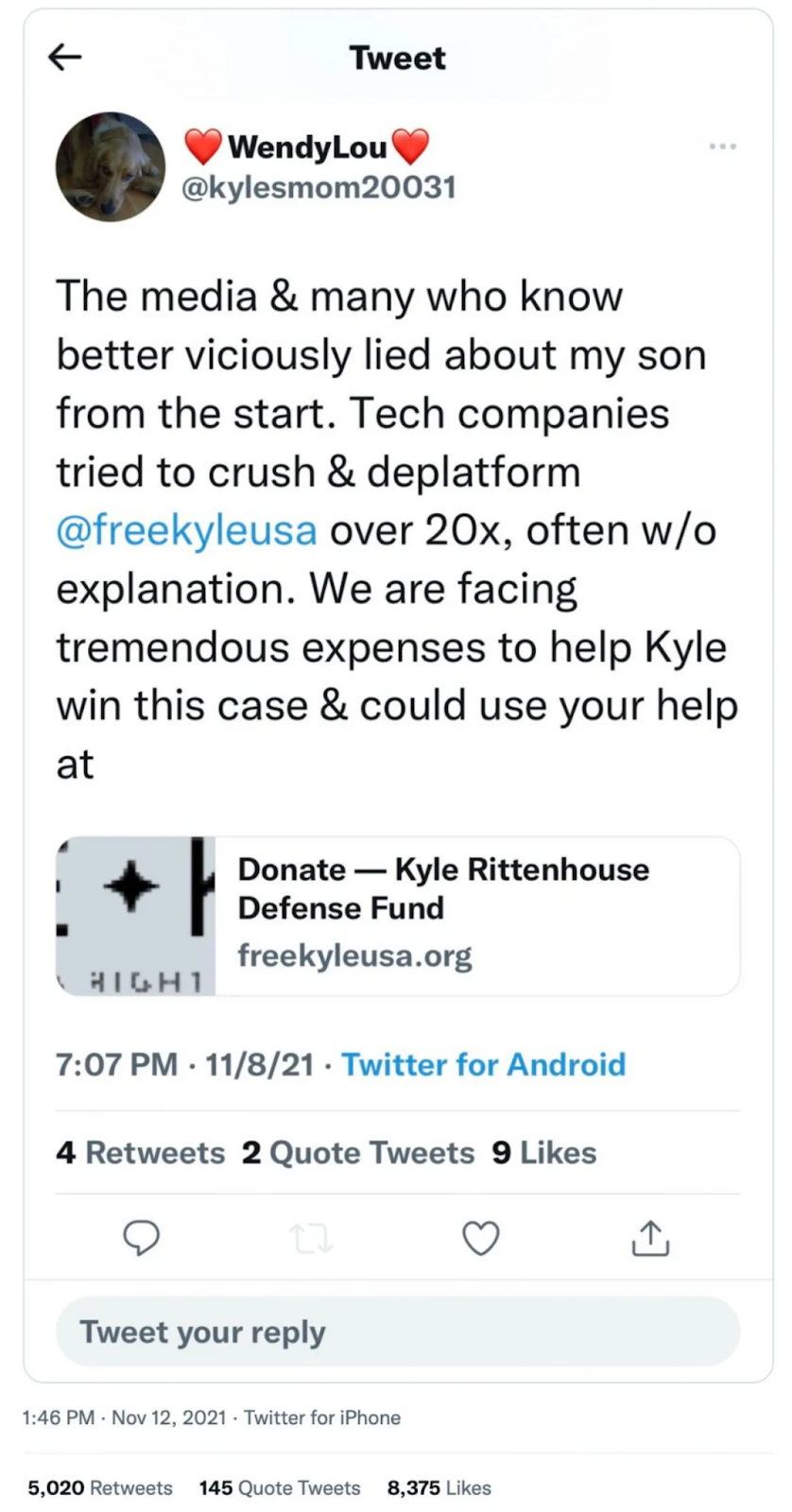
Discover did this without public announcement, but confirmed its actions after an internal email leaked. When Rittenhouse’s family attempted to raise defense funds by selling “Free Kyle” t-shirts, the printing platform, Printful, terminated the online store because they said Rittenhouse’s case was “controversial” and “complex.”
Shopify, one of the largest e-commerce platforms in the world, also banned the sale of Rittenhouse shirts, which were being sold to raise defense funds.
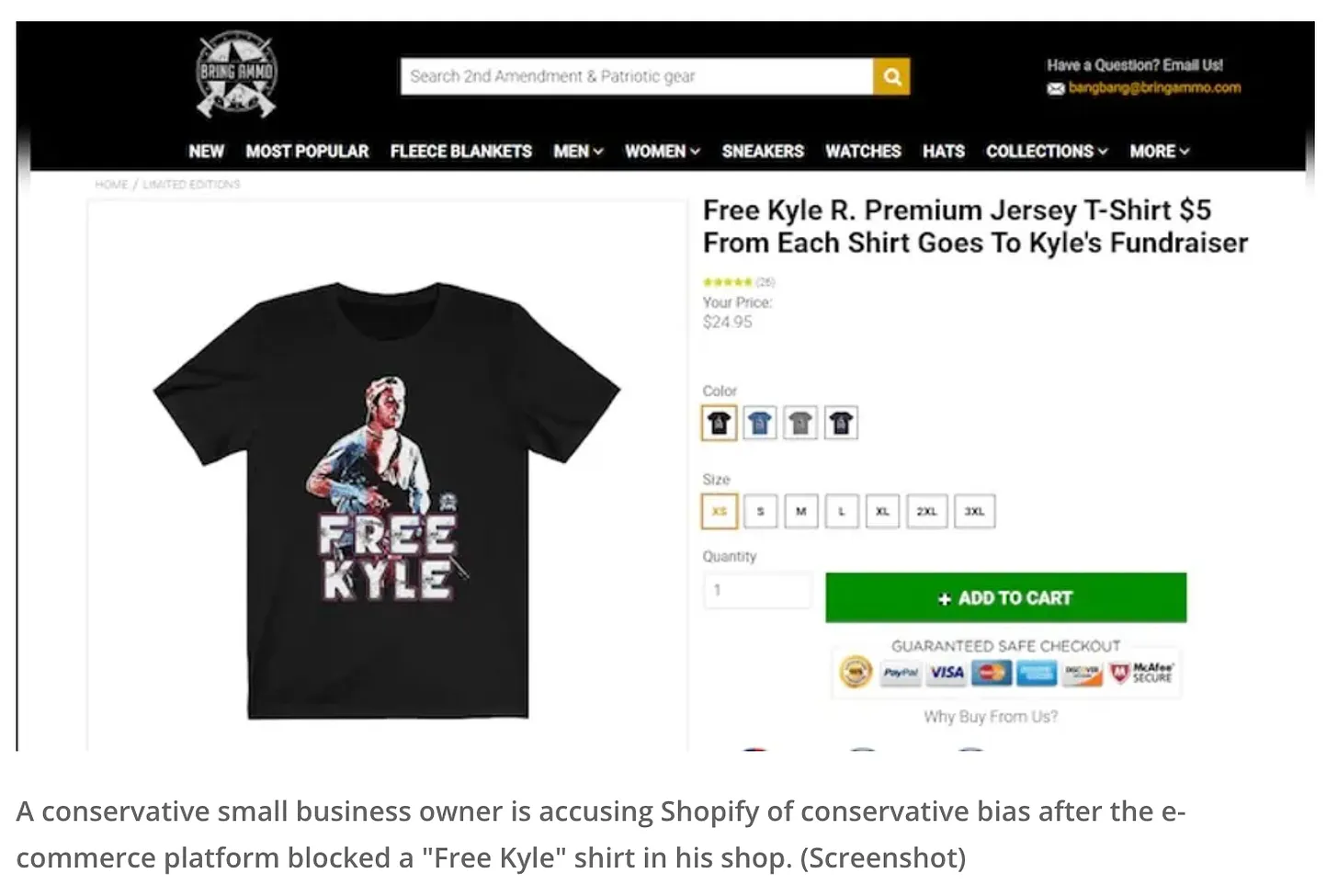
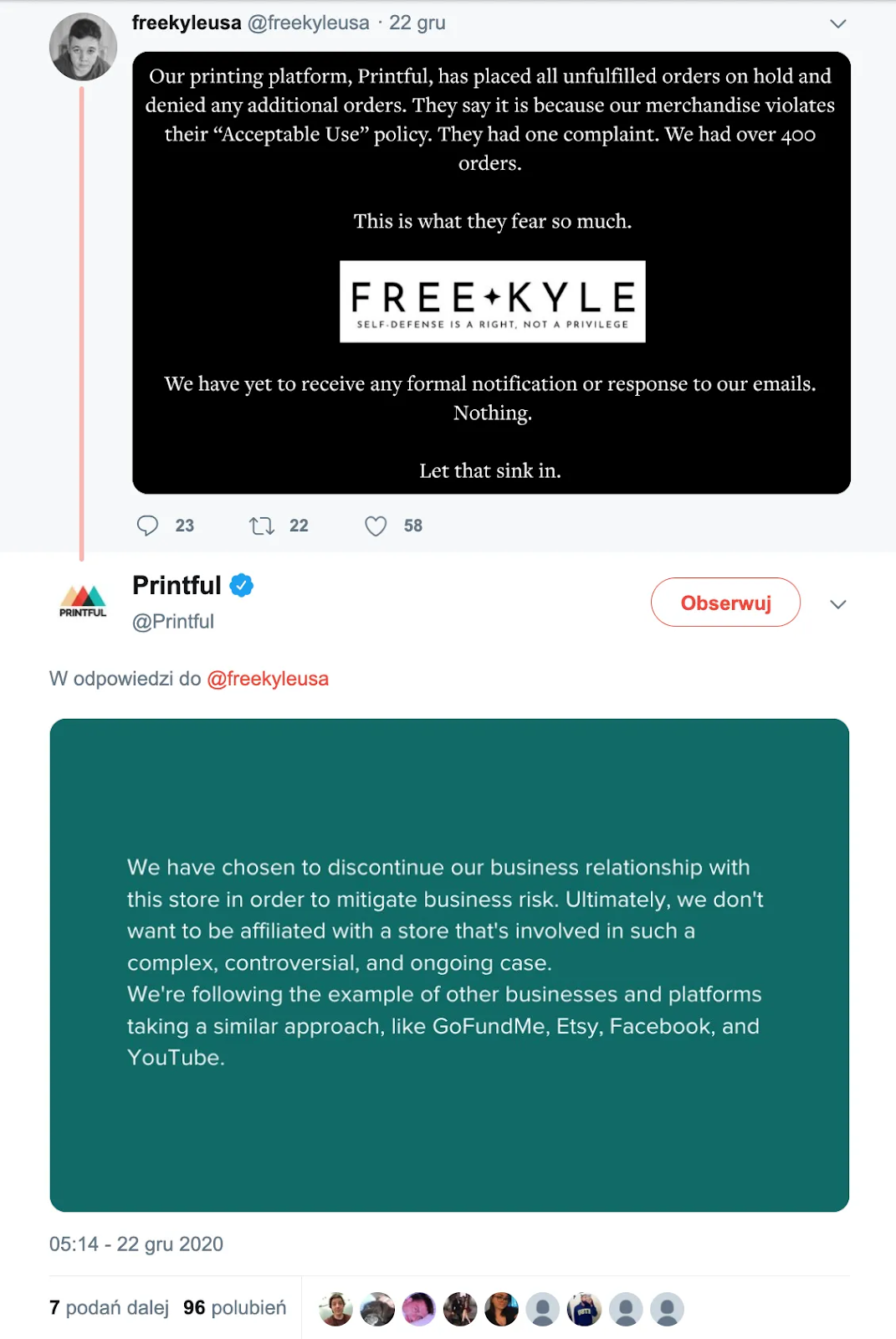
To this day (even after Rittenhouse’s acquittal), Google, Yahoo, DuckDuckGo, and Bing ban searches for Kyle Rittenhouse merchandise in their online marketplaces. Yet they allow searches for merchandise advertising convicted serial killers and actual mass murderers, like Jeffrey Dahmer.

Miraculously, after 87 days behind bars, Rittenhouse raised enough funds to pay the $2m bail. Then, after enduring over a year of harassment, smears, and censorship, he successfully defended himself again — this time in court. A jury acquitted him of all charges in 2021.

Despite the overwhelming exculpatory evidence that led to his acquittal, ongoing tech censorship had a lasting impact on public opinion.
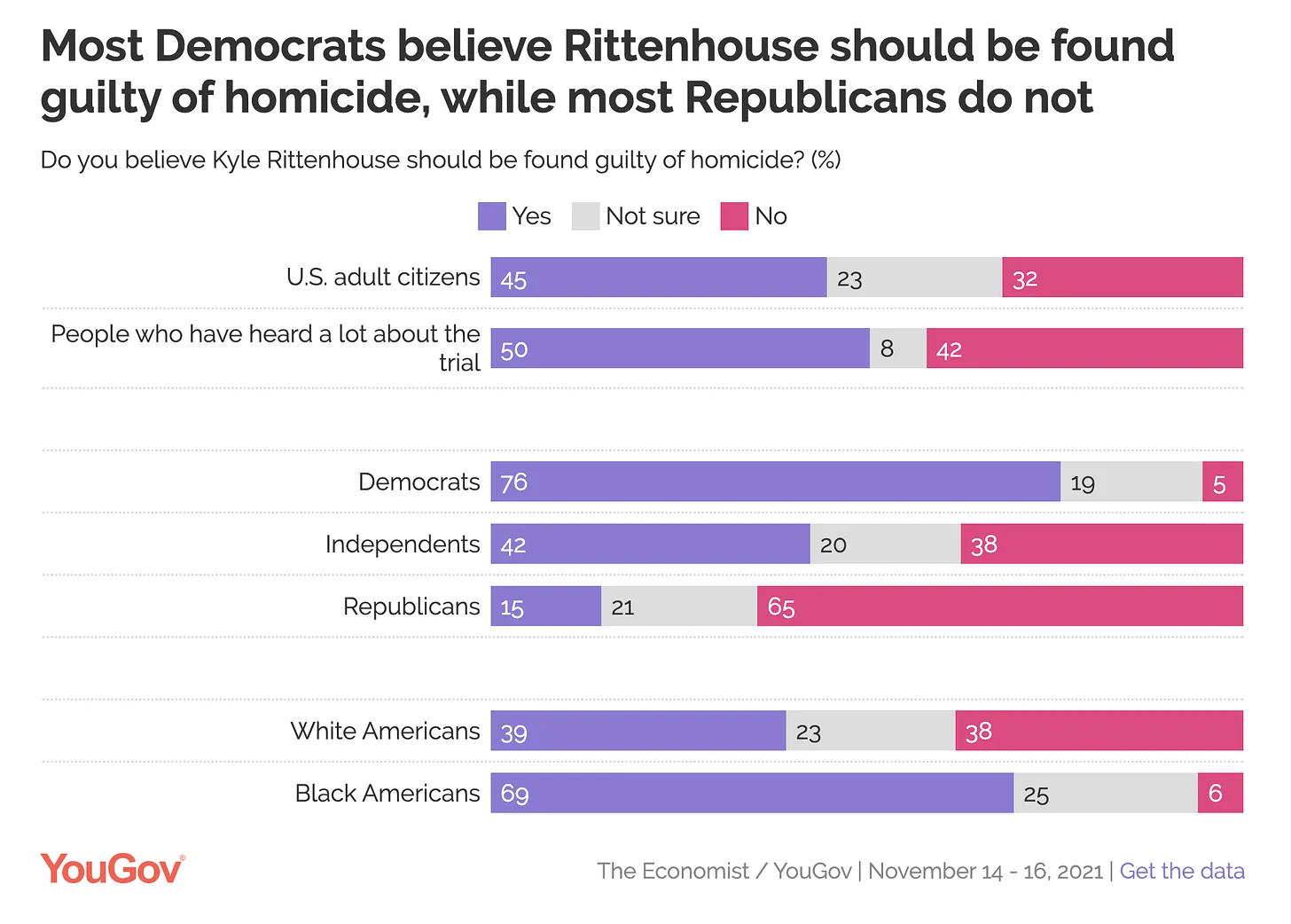
A smear and censorship campaign, executed by both the media and major tech platforms, thoroughly convinced over a quarter of the population that Kyle Rittenhouse is a murderous monster. Public opinion still hasn’t caught up with the truth.
—Matt Orfalea
Matt’s working on a feature-length documentary on the Kenosha 2020 riots.
¹ The owners of Car Source, Khindri brothers, would later claim they “never asked” Rittenhouse to help defend their dealership, despite texts showing communication between them and conflicting testimony from other witnesses who said the owners welcomed the armed protection.
² For context, Rittenhouse drove from Antioch, Illinois, to Kenosha, Wisconsin, for work as a lifeguard. The drive is approximately 30 minutes long.